What to Expect With a Colonoscopy

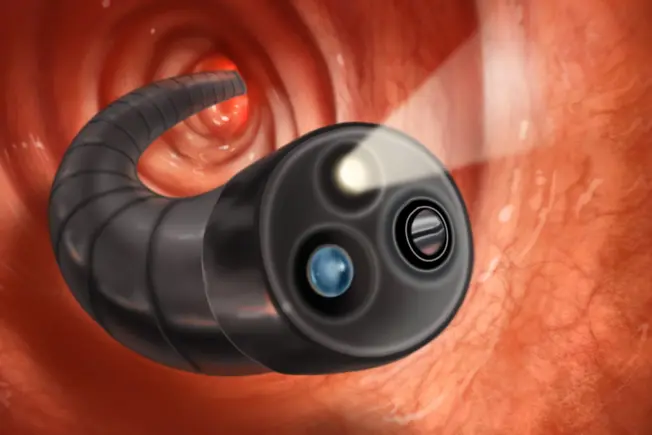
What Is a Colonoscopy?
It’s a test of your colon and rectum. Your doctor uses a long, thin tube with a camera on the end to see deep inside your colon. That can help spot small growths called polyps that can become cancerous later. If you’ve had pain, bloody stool, constipation, or diarrhea, a colonoscopy also may show the reason for it.

When Should I Get One?
It’s a good idea to have one if you’re 45 or older to check for colon cancer. If someone in your family has had colon cancer, rectal cancer, or polyps, talk with your doctor about when to have your first screening. They may want you to start earlier.

The Day Before
You need to prep or clean out your colon before the procedure. Your doctor will tell you exactly what to do, but you shouldn’t eat any solid foods the day before your colonoscopy. Drink only clear beverages, like plain tea or coffee without cream, plain water, soda, or broth. And don't eat or drink anything after midnight.
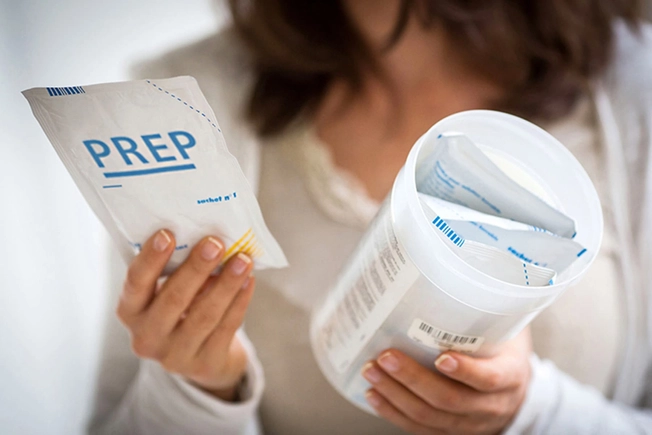
Clear Your Bowels
You’ll also have to get rid of any stool in your digestive tract. Your doctor will give you a laxative to take the day before or the morning of your colonoscopy. Some people may need to use an enema, too. With an empty colon, your doctor can get a clear view of any polyps, bleeding, or signs of cancer.
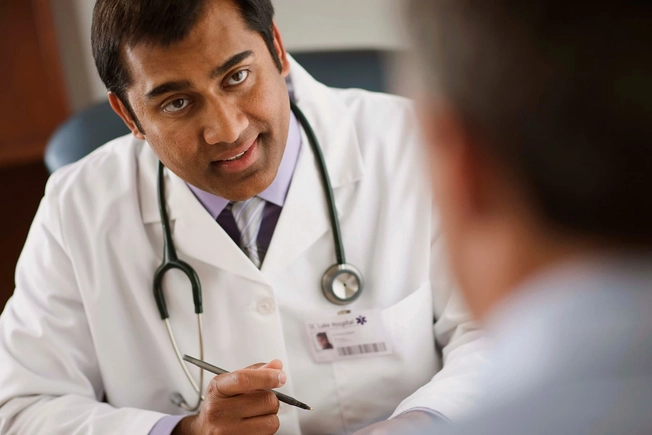
Change Your Meds
Tell your doctor about every medicine or supplement you take, like baby aspirin, blood pressure drugs, blood thinners, diabetes meds, or iron pills. Your doctor will tell you which drugs to cut back on or skip in the days before your colonoscopy. After your test, you can take your meds or supplements as usual.

The Day of the Procedure
You’ll go to your doctor’s office, clinic, or hospital. Someone will need to go with you and drive you home. You’ll be given medicine to make you sleepy during the test, and you’ll be groggy afterward.
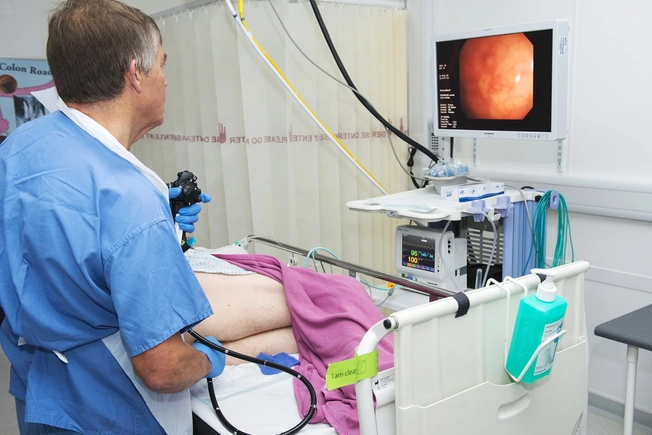
During Your Colonoscopy
You’ll lie on your side, and the procedure will take 30 to 60 minutes. Your doctor will put the tube inside your rectum and up your colon. First, air blown through the tube widens your colon. This makes it easier to see what’s inside. Then your doctor looks for any polyps or other growths that could be cancer. You won’t feel any pain.
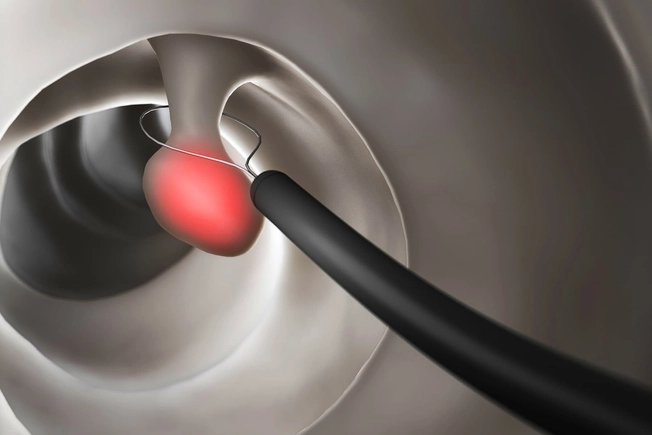
Why You Need to Remove Polyps
These small tissue clumps often don’t cause symptoms, but they can lead to blood or pain during bowel movements, diarrhea, or constipation. It’s a good idea to remove them, especially if you have more than one or if any of them are especially large. Those are more likely to be pre-cancer.
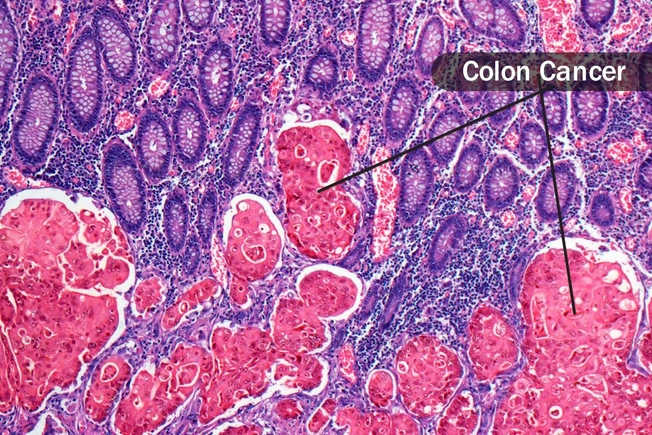
Why You May Need a Biopsy
If your doctor sees any tissue changes that might be signs of cancer or pre-cancer, you may need a biopsy. Your doctor will take a small sample of the tissue and send it to a lab to be tested for cancer. If you have issues like blood in your stool or diarrhea, a biopsy also may help your doctor figure out why.
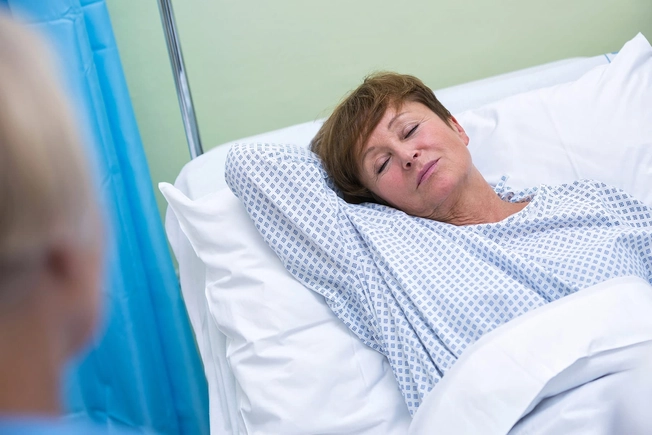
What Happens After Colonoscopy?
You’ll rest in the recovery room for an hour or so. You’ll pass gas to clear the air blown into your colon. It’s normal to have mild cramps or a little blood in your first stool after your colonoscopy. Call your doctor if you bleed a lot when you poop or have severe belly pain.
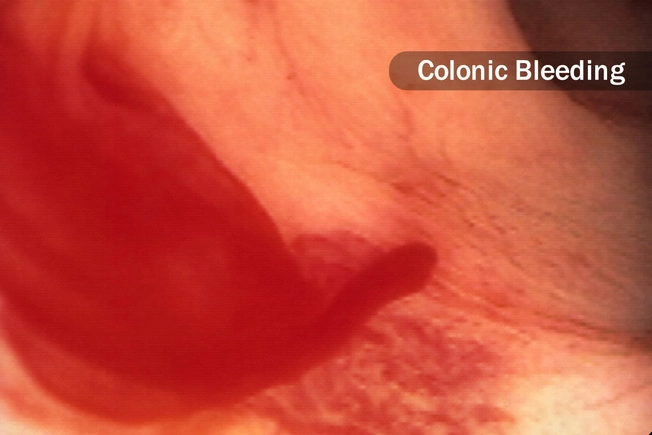
Are There Any Risks?
The procedure is pretty safe, but some people may have a reaction to the medicine used to make you sleepy. And if your doctor takes a biopsy or removes a polyp, you may bleed from that spot. It’s rare, but a colonoscopy can also cause a small tear in your colon or rectum. Talk to your doctor to get more information about the possible risks.
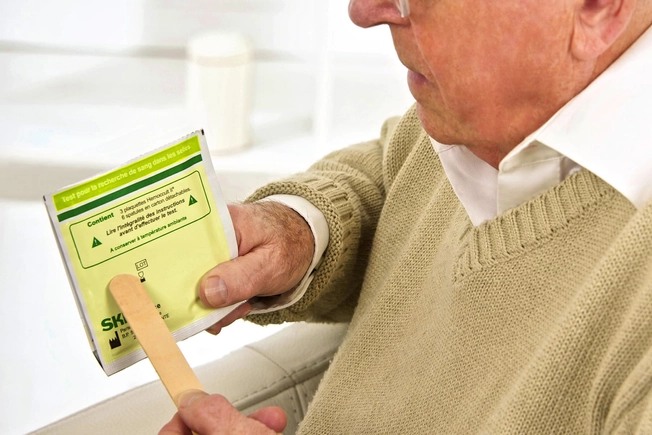
At-Home Tests for Colon Cancer
If you’ve never had pre-cancer polyps or colorectal cancer, you might talk with your doctor about other options for screening. With these at-home tests, you collect and mail in a stool sample to a lab that looks for blood or DNA linked to colon cancer.
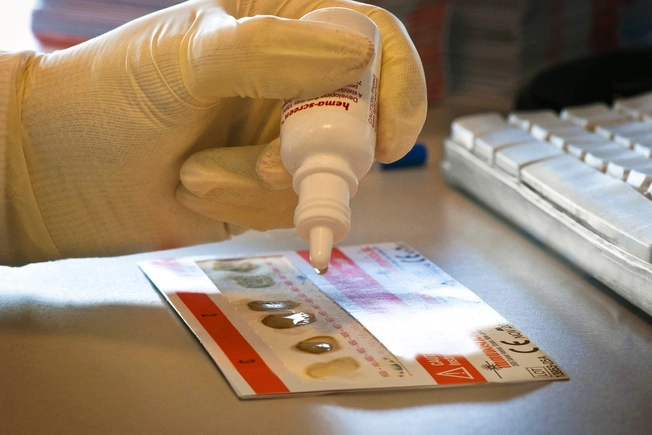
Pros and Cons of Stool Tests
You don’t have to do any prep for an at-home stool test, but they can miss some polyps or signs of cancer. Some also can give you false-positive results. That means the test finds blood, but it isn’t caused by cancer.
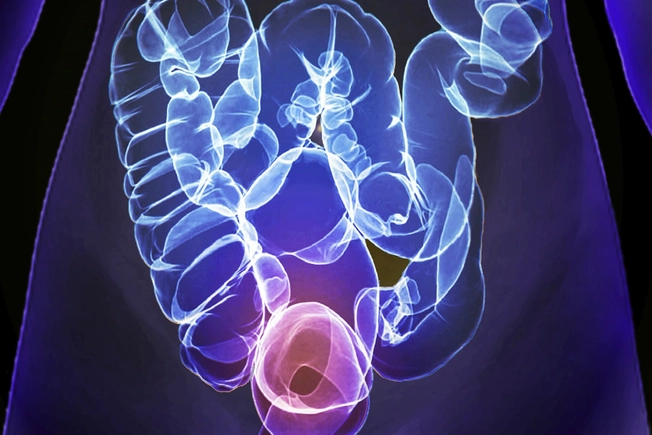
CT Scan (Virtual Colonoscopy)
This is a series of X-rays taken from different angles that give your doctor a picture of your colon. Before this test, you’ll prep your bowels and drink a liquid to make polyps easy to see. A virtual colonoscopy may be right for you if you take blood thinners. It’s noninvasive and quick, but it may miss some small polyps.

How Often You Need to Screen
If your colonoscopy results are normal, you should have your next colonoscopy in 10 years. If you have small polyps, you should retest in 5 to 10 years. Large polyps or many polyps mean you may need a colonoscopy more often. If you’re 75 or older, talk with your doctor about whether you need to continue screening.